
PhD candidate 🇨🇦 physiotherapist.
Sport vascular conditions, performance testing, mNIRS.
Treat declarative statements as questions?
How to get URL link on X (Twitter) App

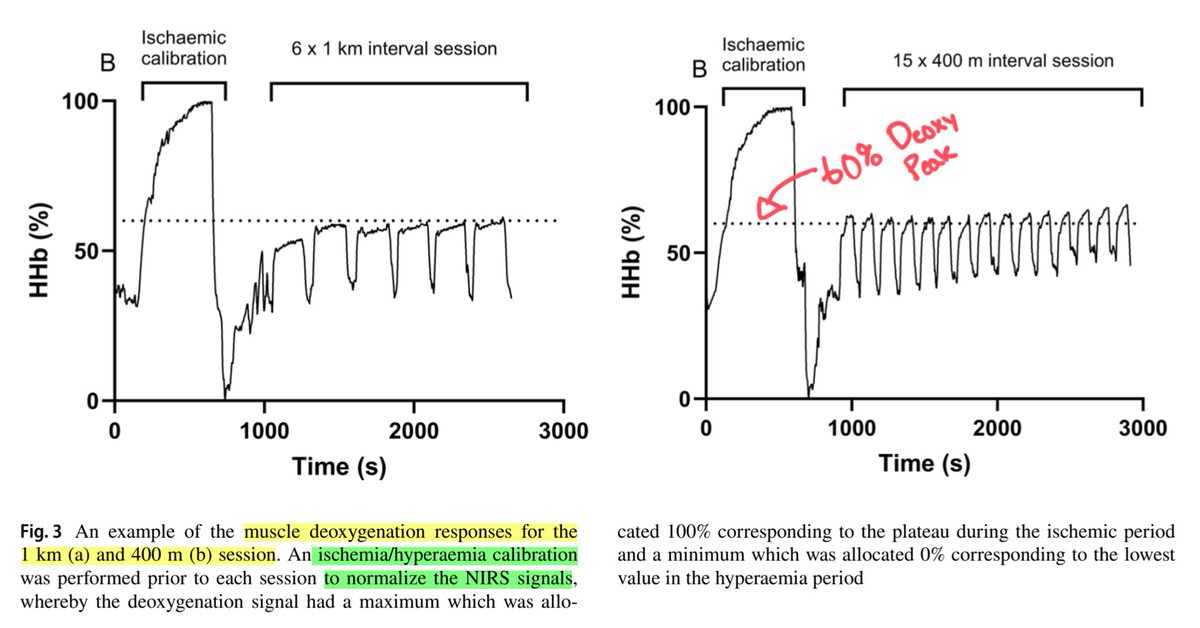
 In an exploratory study, @Phil_Bellinger et al compared 1km vs 400m running intervals with @Artinis_MS Portamon on gastroc (calf)
In an exploratory study, @Phil_Bellinger et al compared 1km vs 400m running intervals with @Artinis_MS Portamon on gastroc (calf)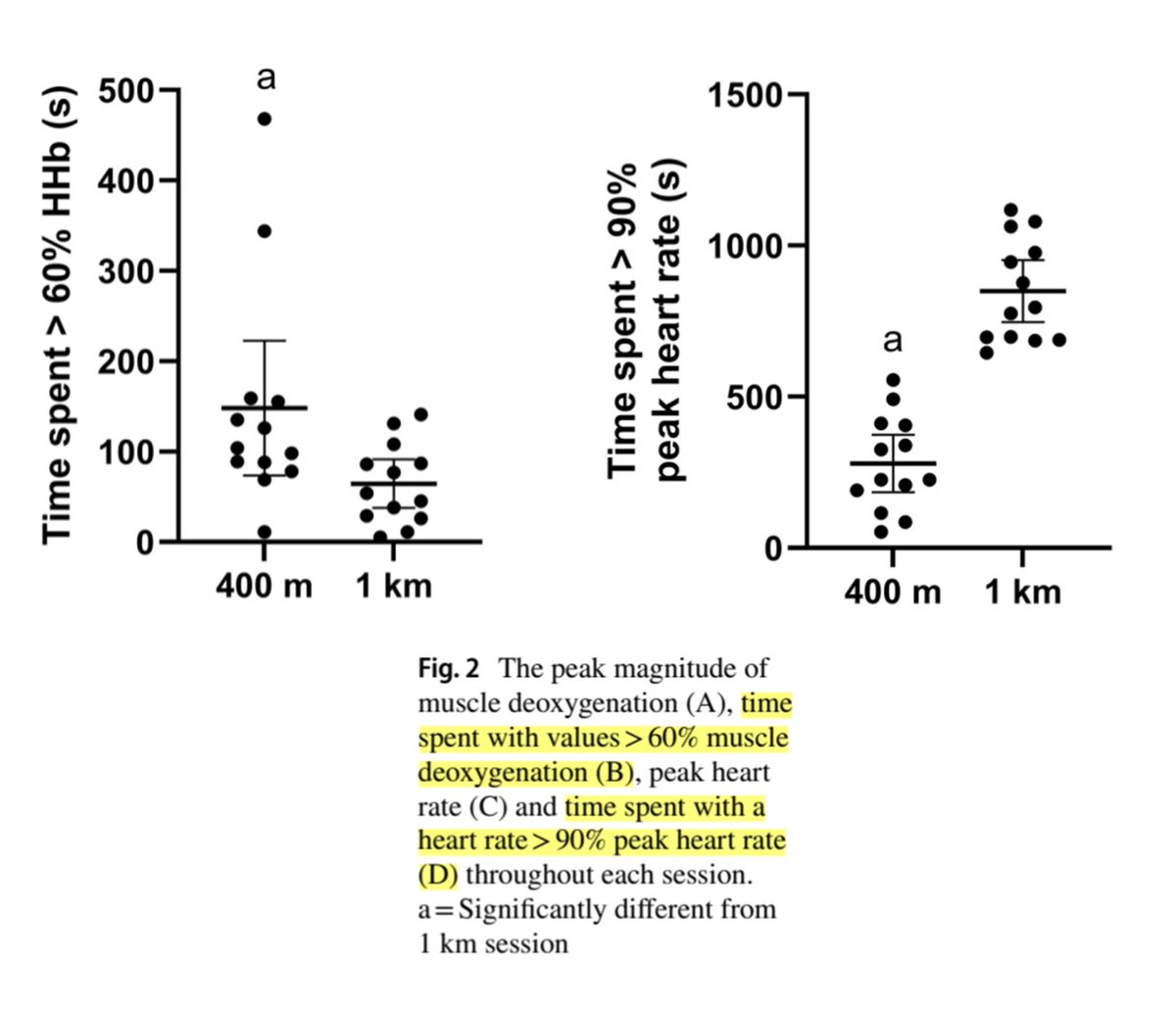

 This is the third thread about our recent meta on training intensity distribution (TID)
This is the third thread about our recent meta on training intensity distribution (TID)https://x.com/jem_arnold/status/1888968200072925627

 This is the second thread about our recent meta on training intensity distribution (TID)
This is the second thread about our recent meta on training intensity distribution (TID)https://x.com/jem_arnold/status/1885429219645415669


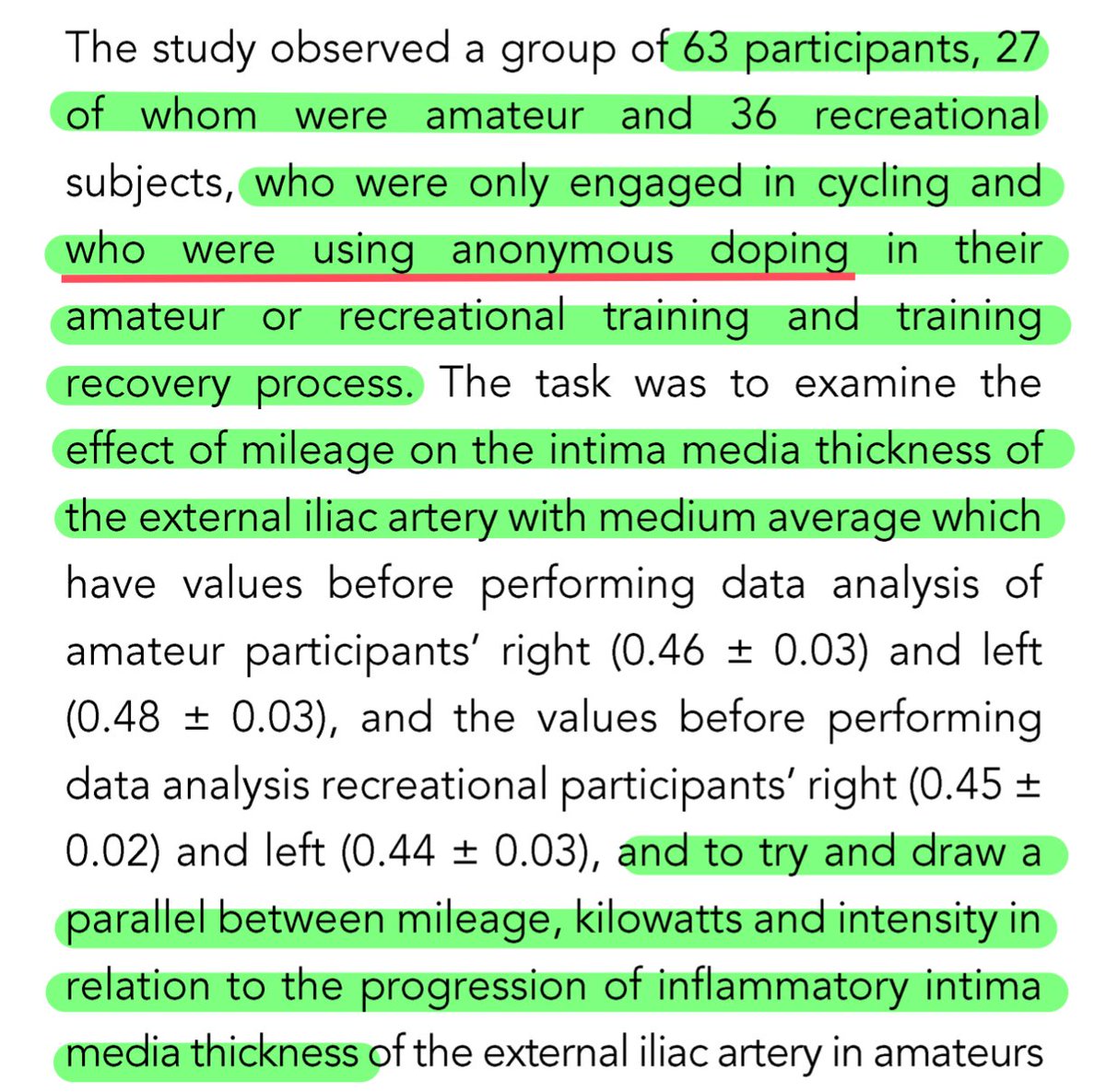
 Although not entirely clear, and entirely un-cited, this sentence speculates on the mechanisms relating PEDs to exacerbated pathological remodelling of the iliac artery. This more or less conforms to my understanding of the risks of PEDs on peripheral vascular health 2/
Although not entirely clear, and entirely un-cited, this sentence speculates on the mechanisms relating PEDs to exacerbated pathological remodelling of the iliac artery. This more or less conforms to my understanding of the risks of PEDs on peripheral vascular health 2/ 
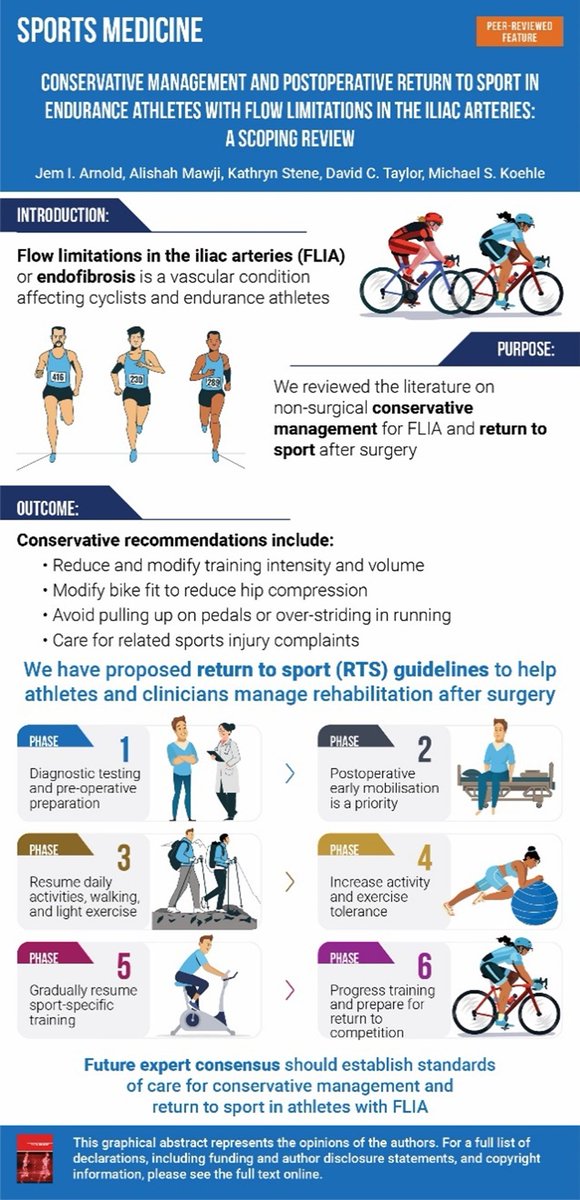
 Briefly, FLIA is an uncommon vascular condition where the iliac artery is compressed/kinked during exercise and performance is impaired by ischaemia & claudication. Often seen in cyclists in an aero racing position
Briefly, FLIA is an uncommon vascular condition where the iliac artery is compressed/kinked during exercise and performance is impaired by ischaemia & claudication. Often seen in cyclists in an aero racing positionhttps://x.com/DrMarwanAl_D/status/1613087021353902082

 We know quite well how quadriceps (VL) responds with cycling intensity, but there are fewer data in other muscles
We know quite well how quadriceps (VL) responds with cycling intensity, but there are fewer data in other muscles

 FLIA is a condition affecting endurance athletes where blood flow is limited by compression & kinking in the iliac arteries during exercise. The athlete is limited by gradually worsening pain & claudication in one or both legs
FLIA is a condition affecting endurance athletes where blood flow is limited by compression & kinking in the iliac arteries during exercise. The athlete is limited by gradually worsening pain & claudication in one or both legshttps://x.com/jem_arnold/status/1782488683482055028
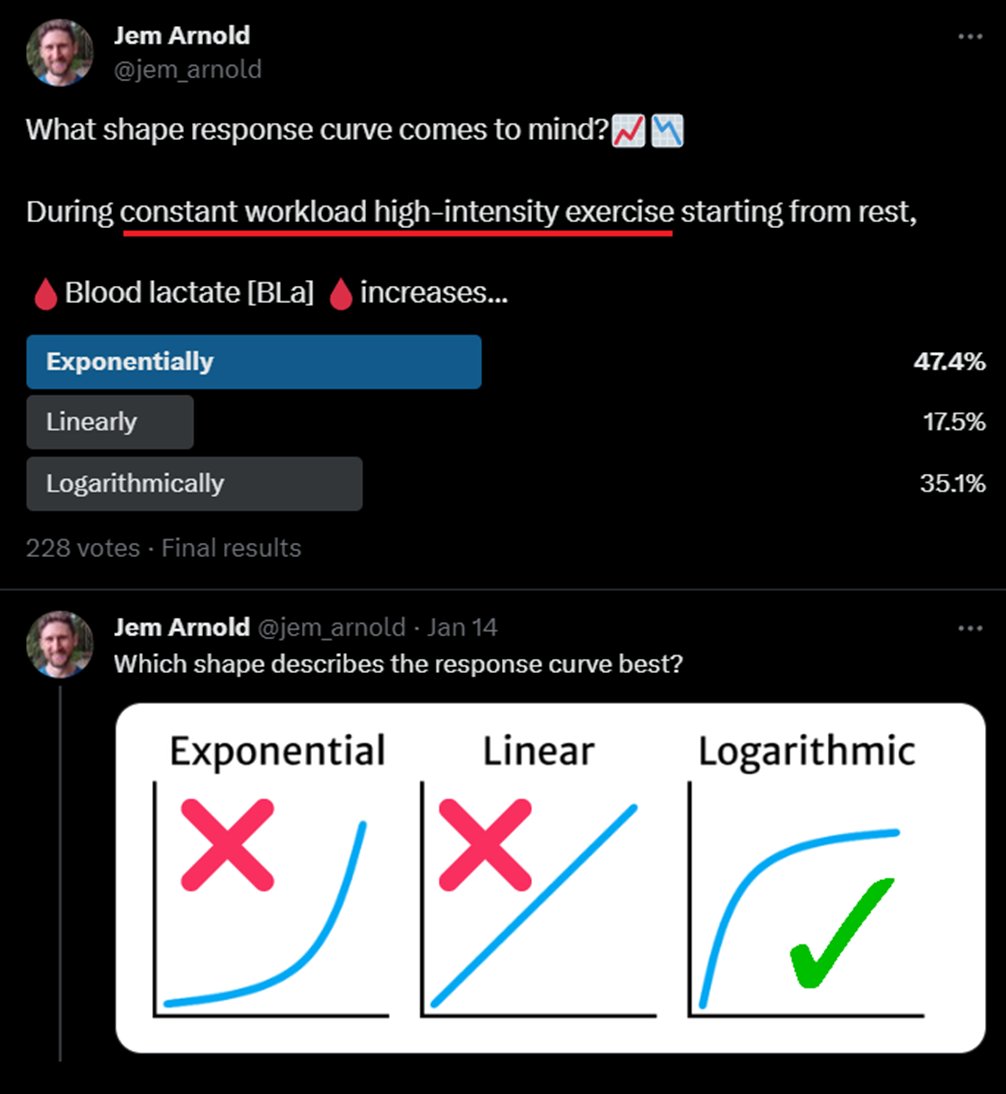
 We are probably familiar with the🩸BLa curve during an incremental exercise test
We are probably familiar with the🩸BLa curve during an incremental exercise test

 We talked about a few threads I recently posted
We talked about a few threads I recently postedhttps://twitter.com/jem_arnold/status/1705360837211492672

https://twitter.com/FredrikMentzoni/status/1717068398545310041
 iiiiiinteresting. That pesky dissociation between improvements to V̇O₂max and TT performance outcomes? 🤔🤔
iiiiiinteresting. That pesky dissociation between improvements to V̇O₂max and TT performance outcomes? 🤔🤔 

 There is always uncertainty in any measurement
There is always uncertainty in any measurement



 I recently said CP is ⬆️at ⬇️cadence because blood flow (BF) is ⬆️
I recently said CP is ⬆️at ⬇️cadence because blood flow (BF) is ⬆️https://twitter.com/jem_arnold/status/1661754764751962112

https://twitter.com/APSPublications/status/164948947131274446121 competitive cyclists (cat 4 to national level) perform 5-1 tests with multi NIRS measures, including rectus femoris (RF) as per OP Matthews et al


 The former presumably being greatest at work bout onset, the latter being greatest at end
The former presumably being greatest at work bout onset, the latter being greatest at end
 ⬇️SmO2 across bouts in LOW SF group (red):
⬇️SmO2 across bouts in LOW SF group (red):

https://twitter.com/TStellingwerff/status/1600898003262648321

 HIIT was subgrouped as short (<2min) med (2-4min) and long (>4min)
HIIT was subgrouped as short (<2min) med (2-4min) and long (>4min)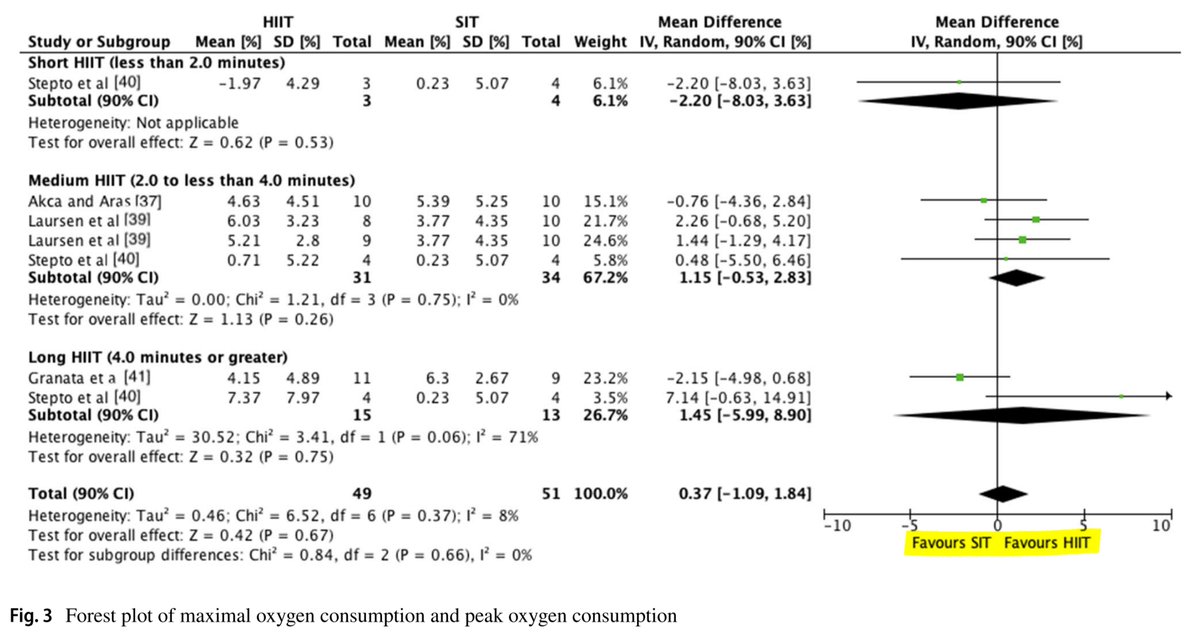

https://twitter.com/coachjorgem/status/1588600686245134336Saito et al 2018 performed incremental tests in aero & upright. They found no differences in duration or Wpeak between positions, but observed lower saturation (TOI) in VL & RF in aero. They suggest this could reflect greater musc O2 uptake in aero 2/6


 2/15
2/15
 We often set off too hard and overestimate power at low intensity
We often set off too hard and overestimate power at low intensity